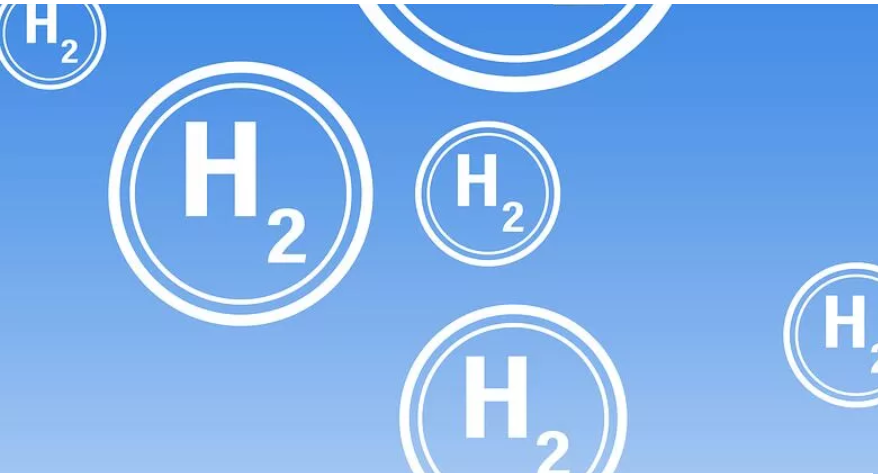
EH2, an American engineering firm focused on green hydrogen technology, is building a new electrolyzer manufacturing facility in Massachusetts that could almost double the world’s production capacity of the critical component for producing green hydrogen.
The company plans to construct another facility soon after and expects ample room in the market for new manufacturers due to the growing demand for green hydrogen.
Electrolyzers are the devices that separate hydrogen from water and are a crucial part of the green hydrogen supply chain. They are currently available only on a scale that is inadequate for large-scale industrial applications like steel, cement, and chemical manufacturing. To address this issue, EH2 plans to produce larger proton exchange membrane electrolyzers that have the ability to ramp up and down quickly in response to intermittent renewable sources of energy.
EH2 Chief Legal Officer Beth Deane stated that before the Inflation Reduction Act, the company was working toward electrolyzer manufacturing with a focus on economies of scale to reduce the cost of hydrogen. With the IRA and the new production tax credit for low-carbon hydrogen, the company received more orders from customers looking to line up equipment for future green hydrogen facilities. This increase in demand prompted EH2 to move up the timetable for building its first, and likely second, factories.
EH2 expects that the demand for electrolyzers will come from three distinct groups of customers. The first group includes renewable energy developers who plan to co-locate hydrogen facilities in areas where renewable resources are abundant. The second group consists of companies looking to build grid-connected hydrogen facilities in regions where demand for hydrogen already exists. Finally, the third group comprises industrial users of hydrogen, as well as newer users like logistics companies that are exploring the possibility of producing their own hydrogen supply on-site.
The first factory, located near EH2’s research and development facility in Massachusetts, is expected to begin producing electrolyzers for demonstration projects by the end of 2024 and reach full production by 2025. EH2 is currently selecting a location for a second factory, and although the timeline is not yet set, the company aims to meet growing demand for green hydrogen.
According to Stanford University Professor Frank Wolak, demand for green hydrogen and the electrolyzers that make it already exceed global capacity. The IRA has been the pivotal point in the US, causing people to place orders for electrolyzers with the knowledge that there will be a demand for more fuel.
Despite the emerging demand, Wolak noted that the next significant step for everyone is finding pathways for more capacity without limitations, barriers, and constraints at a local or permit level. Although U.S. manufacturers seem to be doing a good job of ramping up to keep pace with the demand, there is still a need to get projects off the ground and connected to the grid.
In conclusion, EH2’s new factory in Massachusetts is a significant step forward for the green hydrogen industry, with potential for a substantial impact on global production capacity. With growing demand from users of hydrogen, EH2 expects there will be ample room in the market for new electrolyzer manufacturers. However, challenges around permit and local limitations need to be addressed to ensure the sustainable growth of the green hydrogen industry.
The potential impact of this partnership is significant. Green hydrogen has the potential to transform the energy sector, reducing greenhouse gas emissions and mitigating the impacts of climate change. It could also create new opportunities for economic growth and development, particularly in countries with abundant renewable energy resources like Kenya.
However, there are challenges to overcome in scaling up the production of green hydrogen, including the high cost of renewable energy and the need for investment in infrastructure. It remains to be seen how successful the German-Kenyan partnership will be in overcoming these challenges and achieving its goals.
Overall, the partnership between Germany and Kenya on green hydrogen production is an exciting development in the global transition to a low-carbon economy. It highlights the importance of international cooperation in addressing the urgent challenges of climate change and promoting sustainable development.